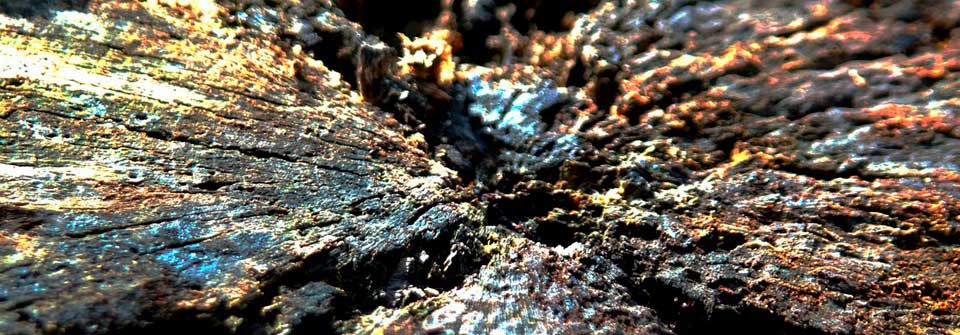Tree Health

Think of tree care as an investment. A healthy tree increases in value with age—paying big dividends, increasing property values, beautifying our surroundings, purifying our air, and saving energy by providing cooling shade from summer’s heat and protection from winter’s wind.
Providing a preventive care program for your landscape plants is like putting money in the bank. Regular maintenance, designed to promote plant health and vigor, ensures their value will continue to grow. Preventing a problem is much less costly and time-consuming than curing one once it has developed. An effective maintenance program, including regular inspections and the necessary follow-up care of mulching, fertilizing, and pruning, can detect problems and correct them before they become damaging or fatal. Considering that many tree species can live as long as 200 to 300 years, including these practices when caring for your home landscape is an investment that will offer enjoyment and value for generations.
Tree Inspection
Tree inspection is an evaluation tool to call attention to any change in the tree’s health before the problem becomes too serious. By providing regular inspections of mature trees at least once a year, you can prevent or reduce the severity of future disease, insect, and environmental problems. During tree inspection, be sure to examine four characteristics of tree vigor: new leaves or buds, leaf size, twig growth, and absence of crown dieback (gradual death of the upper part of the tree).
A reduction in the extension of shoots (new growing parts), such as buds or new leaves, is a fairly reliable cue that the tree’s health has recently changed. To evaluate this factor, compare the growth of the shoots over the past three years. Determine whether there is a reduction in the tree’s typical growth pattern.
Further signs of poor tree health are trunk decay, crown dieback, or both. These symptoms often indicate problems that began several years before. Loose bark or deformed growths, such as trunk conks (mushrooms), are common signs of stem decay.
Any abnormalities found during these inspections, including insect activity and spotted, deformed, discolored, or dead leaves and twigs, should be noted and watched closely. If you are uncertain as to what should be done, contact us now for advice on possible treatment.
Newsflash Items
With over 8 years experience within the Arboricultural & Landscaping industry, we have the experience and skill to carry out all of your requirements, domestic or commercial. We offer the best trained and fully qualified staff.

